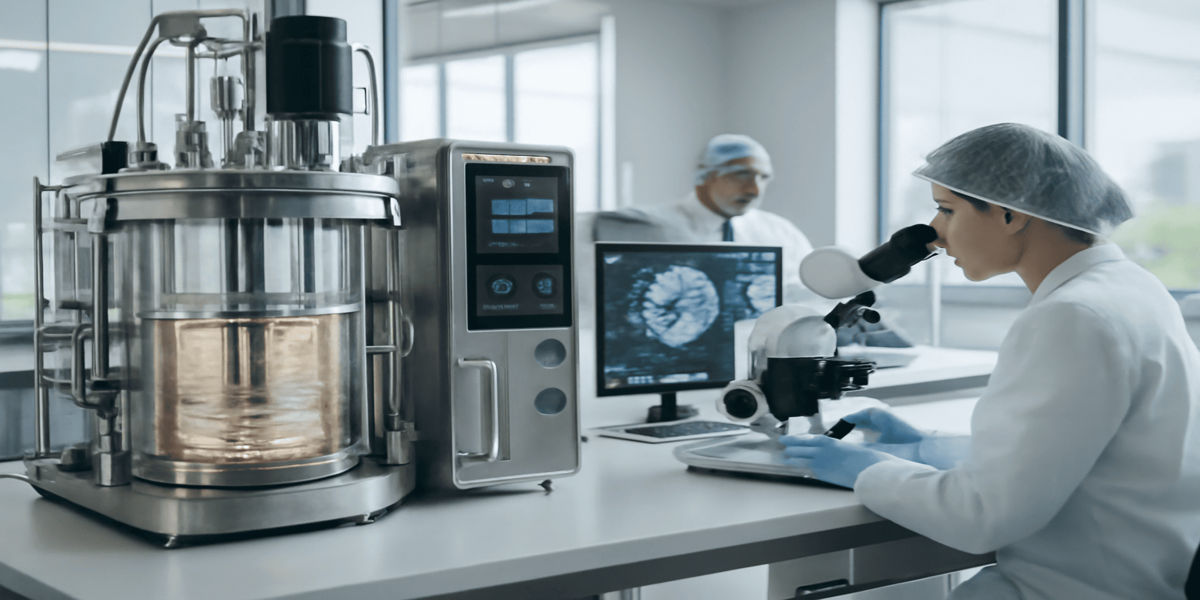Innovations In mRNA Manufacturing For Next-Gen Therapeutics

Q1. Could you start by giving us a brief overview of your professional background, particularly focusing on your expertise in the industry?
I am a Pharmacy graduate, did my Master's in Medicinal Chemistry, and PhD in Chemistry. I have experience in drug discovery and possess deep knowledge in QbD-based downstream process development of viral and bacterial vaccines, proteins, enzymes, and mRNA technology. I have in-depth knowledge of the technology transfer of projects with GMP compliance at commercial scale.
Q2. How is the rapid evolution of mRNA technology changing the benchmarks for scalability, cost, and efficacy in vaccine manufacturing over the next five years?
mRNA technology is rapidly expanding. The process is scalable with minimal modification of existing facilities. The cost of raw materials, nucleotides, and LNPs is increasing by 10-20% annually, as per trend. We need to develop stable LNPS that can be stored in refrigerators—efficacy to be established for specific therapeutic areas.
Q3. Which therapeutic areas are showing the strongest pipeline momentum and investment interest for next-generation mRNA platforms?
Major companies are working on Cancer Vaccines and Immuno-Oncology, Rare Genetic and Metabolic Diseases, and other therapeutic areas.
Q4. How are innovations in mRNA delivery systems and stability enhancement influencing the development pipeline and market adoption of new mRNA vaccines and biologics?
We need to focus on the target delivery system and prepare a stable LNPS. We also need to synthesise specialised ionisable lipids, most of which are under IP.
Q5. What unique challenges exist in scaling up novel delivery system manufacturing, and how are companies addressing CMC (chemistry, manufacturing, control) and regulatory hurdles?
To prepare stable plasmids with no related impurities in the process, identify all process controls and establish CQAs and CPPs in all process steps. Develop a QbD-based process by implementing statistical tools.
Q6. If you were an investor looking at companies within the space, what critical question would you pose to their senior management?
What is the way forward for lipids to make novel LNPS in mRNA technology, most of which are protected under the IP Act?
Comments
No comments yet. Be the first to comment!
